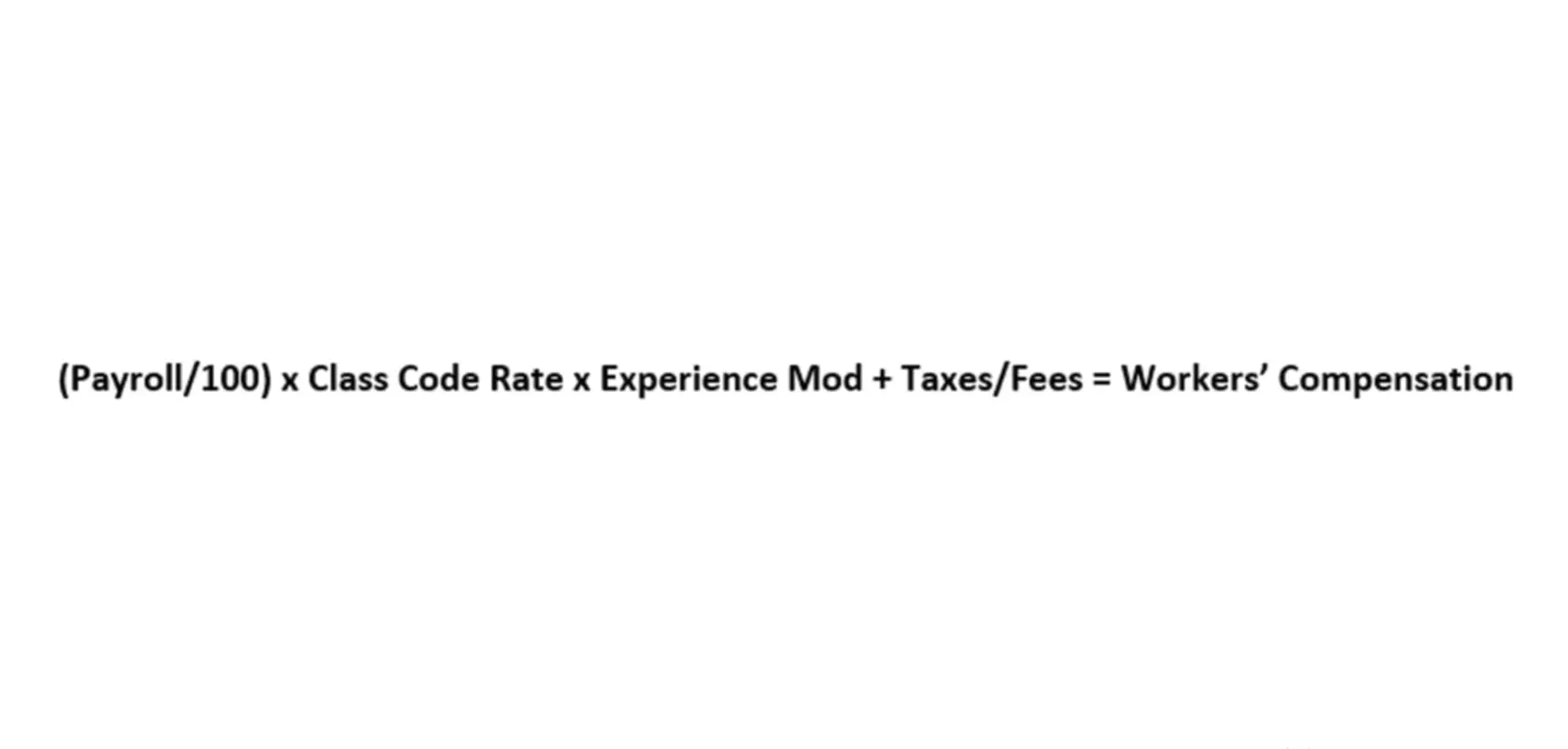Debt to Asset Ratio Formula, Example, Analysis, Calculator
Content

The debt to asset ratio compares the total amount of debt a company holds to its assets. The ratio is used to determine to what degree a company relies on debt to finance its operations and is an indication of a company’s financial stability. A higher ratio indicates a higher degree of leverage and a greater solvency risk. The debt-to-asset ratio represents the percentage of total debt financing the firm uses as compared to the percentage of the firm’s total assets.
If a company has a Debt Ratio greater than 0.50, then the company is called a Leveraged Company. If the company has a lower debt ratio, then the company is called a Conservative company. The business owner or financial manager has to make sure that they are comparing apples to apples. For example, a company with $2 million in total assets and $500,000 in total liabilities would have a debt ratio of 25%.
How to Calculate the Debt to Assets Ratio
A company may make a debt holder an equity shareholder in the company by executing a debt/equity swap. You need to provide the two inputs, i.e., Total Liabilities and Total Assets. For calculating the Debt Ratio, we need Total Liability and Total Assets. On the other hand, Company B’s debt-to-asset ratio is much more favorable at 0.35. With a debt-to-asset ratio of less than 0.5, Company B has much more flexibility to invest in more assets and increase its overall revenue. We’re firm believers in the Golden Rule, which is why editorial opinions are ours alone and have not been previously reviewed, approved, or endorsed by included advertisers.

It’s better to compare the debt ratio of companies operating within the same industry with the same set of constraints. The debt to asset ratio is important because it provides a measure of how a company is financed and how risky it might be to invest in or lend money to. On the other hand, if the debt to asset ratio is 1, that means the company has the same amount of assets and liabilities, being highly leveraged. The debt-to-total-asset ratio changes over time based on changes in either liabilities or assets.
How Does GooglePay Earn Money? (GooglePay Business Model Revealed)
Nevertheless, this particular financial comparison represents a global measurement that aims to assess a company as a whole. Our team of reviewers are established professionals with decades of experience in areas of personal finance and hold many advanced degrees and certifications. This ratio decreases for various reasons, including an increase in assets, debt reduction, or a combination of an increase in assets and debt reductions.

Essentially, there is more than one variation to this formula, which might include only specific assets or liabilities such as the current ratio. The total-debt-to-total-assets ratio analyzes a company’s balance sheet. The calculation includes long-term and short-term debt (borrowings maturing within one year) of the company. It debt to asset ratio indicates how much debt is used to carry a firm’s assets, and how those assets might be used to service debt. A debt ratio greater than 1 means a company’s debt exceeds its assets. This amount of leverage might boost potential earnings, but would also be considered an extremely leveraged position with a high risk of default.
Terms Similar to the Debt to Assets Ratio
This is because it is dependent on creditors to finance its operations and may end up paying very high amount of interests on loan that will erode its profits. On the other hand, it will https://www.bookstime.com/articles/enrolled-agent-salary have less fund to meet its day to day operations, hindering its growth and expansion. The debt to assets ratio formula is calculated by dividing total liabilities by total assets.

